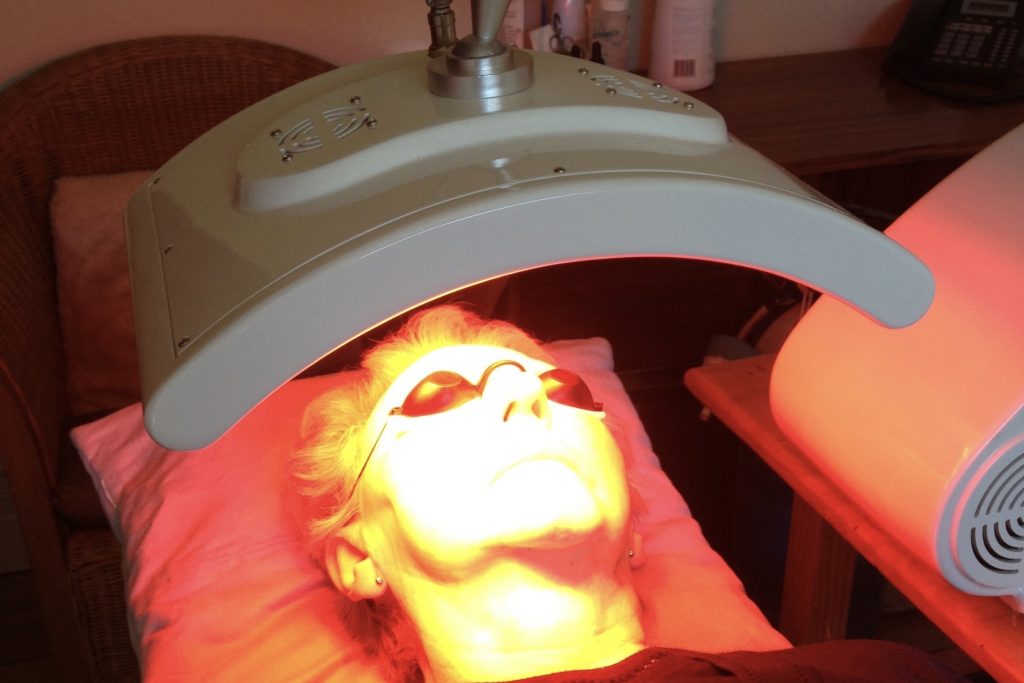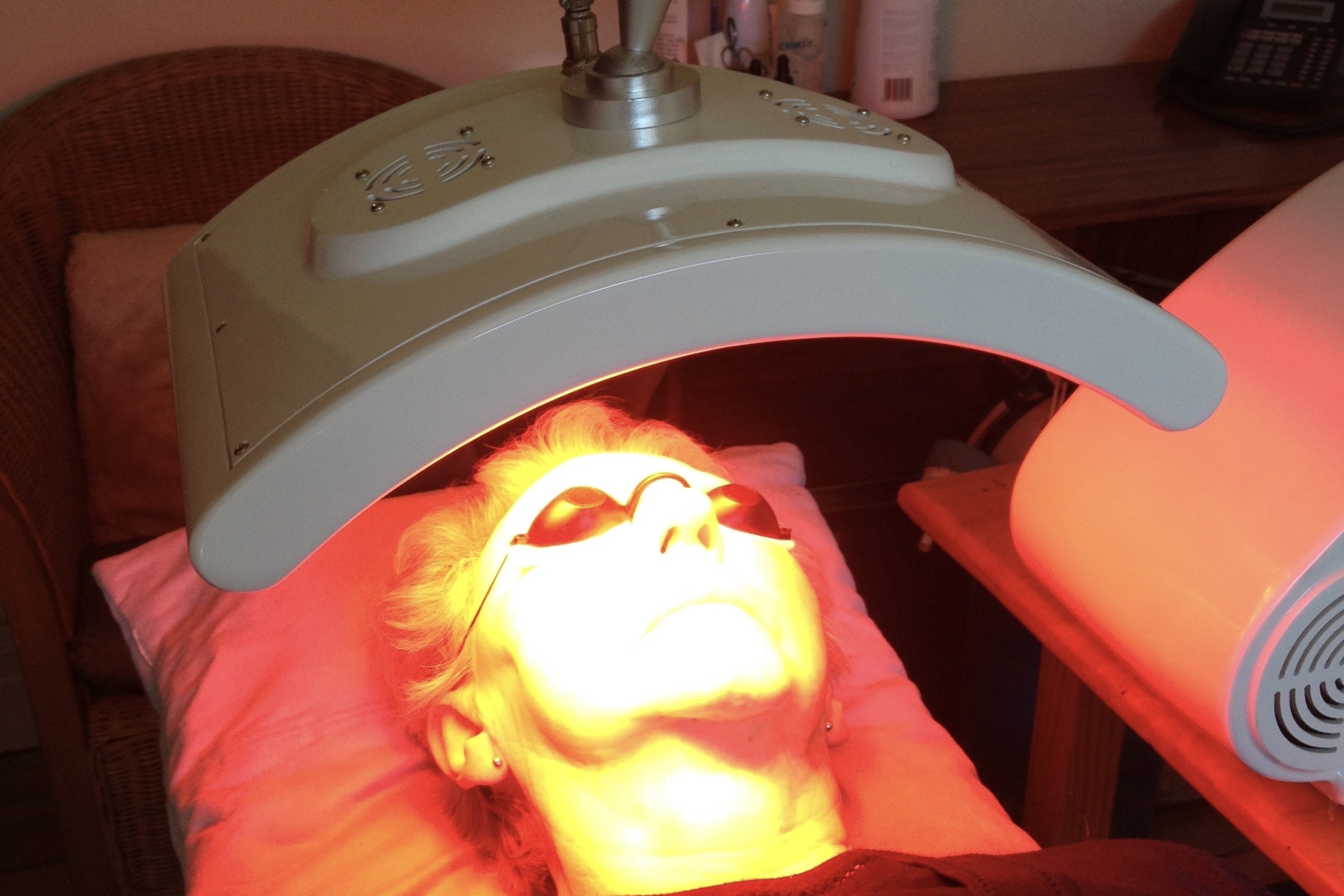Photodynamic therapy (PDT) is simple and already being used successfully. Scientists at the University of Marburg therefore also want to test PDT for its effectiveness in COVID-19 patients, given its many advantages.

What kills HI viruses in blood bottles could also work with sars-CoV-2 in the human body. As soon as the safety approval has been granted, scientists from the Department of pharmacy Pharmacy at the University of Marburg therefore want to test photodynamic therapy (PDT) as a therapeutic option for patients with COVID-19. “This form of therapy is nothing new and has no side effects,” says Prof. Udo Bakowsky, Managing Director of the Institute of Pharmaceutical Technology and Biopharmacy at the Philipps University, and is optimistic. PDT was developed for killing HI viruses in blood preserves – and is also used for this purpose. In 2015, the PDT has already been tested for its efficacy on the mers coronavirus.
The principle of photodynamic therapy is simple: A very thin laser, i.e. light of a defined wavelength, is directed at vitamin B2. The vitamin is injected into the patient’s blood and interacts with viruses and microorganisms; as soon as the light source hits the vitamin, it destroys the genetic information of the viruses. Only the dead shell remains. “Since B2 is a substance produced naturally in the body, there are in principle no side effects,” said Bakowsky’s colleague Dr. Matthias Wojcik. In PDT, the laser enters the body through a cannula. “The patient does not feel any of this,” says Wojcik. Further approaches already exist in skin cancer therapy and for the defence against multi-resistant germs, the so-called hospital germs.
The Marburg researchers want to transfer their PDT analogously to corona patients. They want to place the laser directly in the lungs of intubated patients and thus kill the viruses directly. Bakowsky estimates the duration of the treatment to be about 30 minutes per day, and that over seven days. His colleague Prof. Frank Runkel, a member of the institute and also professor at the Technical University of Central Hessen (THM) in Gießen, also hopes that the tests will soon be allowed to start: “This form of therapy can be used quickly, is inexpensive, potentially effective and extremely gentle on the patient.

